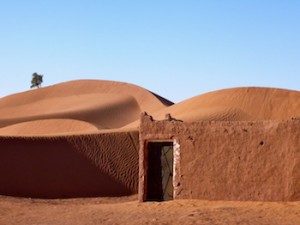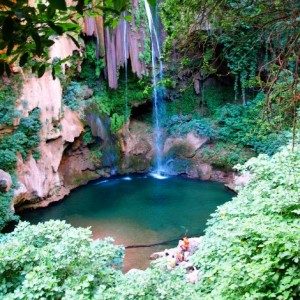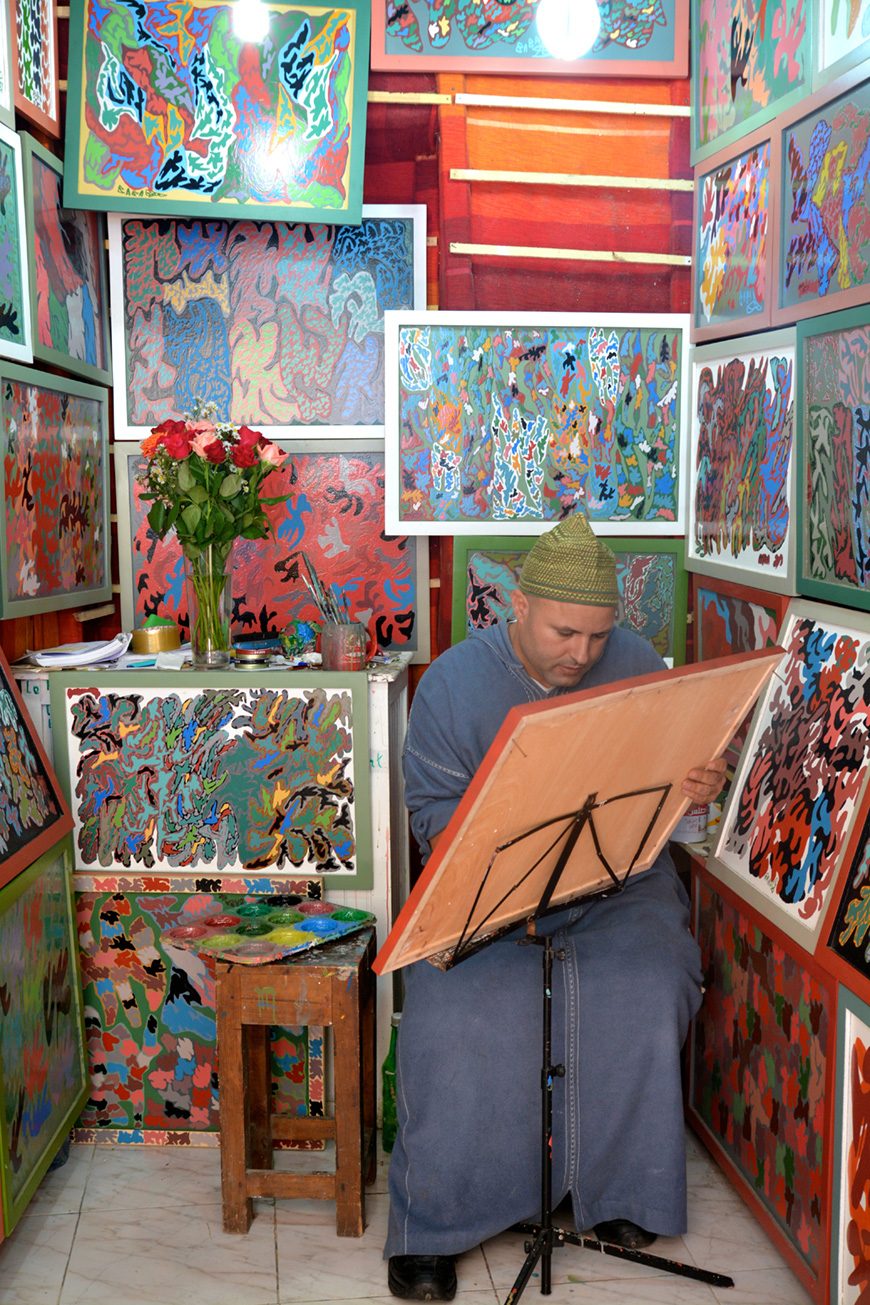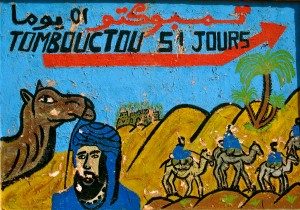Few Moroccan authors have achieved international recognition beyond the Francophone world because of the lack of translations of their works. The international acclaim of writer Mohammed Choukri and the fact that not only his works, but his remarkable life story, are known beyond the Arabic and French-speaking worlds is largely due to the support he received from globally acclaimed authors Paul Bowles and Tahar Ben Jelloun along with his own, incredible determination.
Although, compared to neighbouring Algeria, Morocco has only a fraction of the Great Sahara Desert within its territory, yet Morocco offers the safest and best-organized access to the Sahara of the whole of North Africa. Whether you want a quick glimpse of the magnificent dunes on camelback, the thrill of sand boarding down the dunes, an overnight experience under the vast starry skies in a nomad’s tent, or a longer excursion to explore the expanse of the dune complex and the people who inhabit it, Morocco has it all. There is nowhere else where you could be in some of Africa’s highest snow-tipped mountain ranges and in the depth of the sandy expanses of the desert in the same day. And your trip to Morocco’s Great Deserts will take you through centuries-old oases on route. Along the way, you will meet local nomads and villagers whose families have worked this land and survived its hardships for generations.
Every year, the sun-bleached, windswept city of Essaouira on Morocco’s Atlantic coast plays host to a festival of Gnaoua and World Music. Normally it is held in June, but this year’s 18th edition will take place – like many of the main Moroccan music festivals – in May, to avoid a clash with the holy month of Ramadan. The dates for this year’s event are 14-17 May 2015.
Chefchaouen, in the Rif Mountains of Morocco’s North, is a popular destination for visitors. Nestling in a valley beneath the “horns” of the mountains to which its name alludes (Ichawen means goat’s horns in the local Berber dialect), Chefchaouen is famous for the blue-painted houses in the steep and winding alleyways of the medina. This northern area of Morocco was once a Spanish Protectorate and there are many elements of Spanish culture and language still in evidence.
With the expansion of routes from its international airports and the increase in low-cost airlines offering direct flights from European hubs, Morocco has become much more accessible in recent years. For many visitors, a trip to Morocco will be their first time in Africa or in a Muslim country. Morocco has become so close, yet still seems so exotic and different. As such, even the seasoned global traveler should consider some tips for visiting Morocco in an ethical, culturally and environmentally responsible way.
The port city of Essaouira, on Morocco’s Southern Atlantic Coast, is known for its white-washed walled medina (old city), fabulous seafood from its working port, a windswept sandy beach great for watersports and swimming and its annual music festivals, which reflect its culturally diverse past. Essaouira is also known as a town of artists – both indigenous and international – who are inspired by the relaxed atmosphere, creative environment and fabulous light. The streets of the Essaouira medina are lined with boutiques and galleries, which present plenty of opportunities for purchasing locally produced pieces.
There is a much-photographed sign in Zagora, in the spectacular Draa Valley in Morocco. Beside the image of a blue-swaddled desert nomad is written: “TOMBOUCTOU 52 JOURS.” The journey is considerably quicker today, but if you go by camel, it probably still takes 52 days. Zagora is a popular starting point for trips on camel back into the Sahara Desert and this famous sign gives some indication of the significance of this area back in the mists of history.
Even if your trip to Morocco is mainly centered around the major cities, it is worth getting out for a day into the countryside to see rural life. Although the majority of the Moroccan population now officially lives in urban areas, many retain an attachment to the land and their native town or village. It is worthwhile, therefore, seeing Moroccan life in a different context, as it is still lived by many people. Despite increasing urbanization, the agricultural sector in Morocco still employs around half of the workforce and there is nothing quite like the hub of activity on a Moroccan market day!
Morocco is well-known for extreme races. The marathon des sables – known as the ‘toughest footrace on earth’ is a grueling 156 miles (five and a half marathons) through the Sahara Desert in 100°F or more. The Trans-Atlas Marathon is a trail of approximately 177 miles in 6 stages at an elevation of up to 11,000 ft. But did you know that there are also vehicle rallies competing across some of Morocco’s most challenging terrain? The Rallye Aïcha des Gazelles is a women-only endurance rally across a course which is all off-road and redesigned every year.
Every year in April, the Moroccan port city of Essaouira holds one of its many annual festivals. The Spring Festival is called the “Printemps Musical des Alizés” (the Musical Springtime of the Trade Winds). As well as featuring international and Moroccan artists of classical music genres, the festival celebrates the coming of Spring and the trade winds which have brought Essaouira its maritime fortune in past times. The festival in Essaouira also coincides with the Spring season of local religious festivals and pilgrimages of both the Muslim and Jewish faiths. In the local Moroccan Arabic dialect, such festivities are called moussem.










